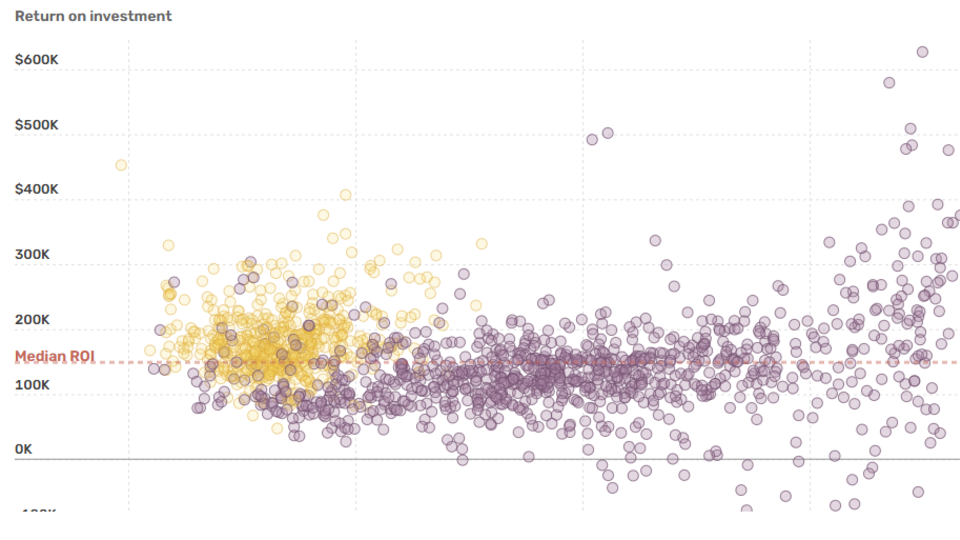Mission statements do nothing for corporate financial performance, research shows

New research shows that mission statements do not enhance financial performance, even though companies prominently feature them as an outcome of their strategy-planning process.
A systematic review of research in peer-reviewed journals shows the correlation between having a mission statement and financial performance was statistically zero, according to a chapter of “Focus: How to Plan Strategy and Improve Execution to Achieve Growth,” a new book co-authored by Vikas Mittal, professor of marketing at Rice’s Jones Graduate School of Business, and Shrihari Sridhar, professor of marketing at Texas A&M University’s Mays Business School.
One study in the authors’ systematic review examined 59 companies among the Financial Times 1000 and showed those with a mission statement were not more profitable than those without one. Another study of 136 large Canadian companies showed similar results: The presence or absence of a mission statement was statistically uncorrelated to return on assets. And a meta-analysis of a sampling of 1,945 companies and managers once again found the correlation between having a mission statement and financial performance is statistically zero.
“Mission statements are ineffective because they simply reinforce top executives’ salient beliefs, making them more inward-focused and detracting strategy from important customer needs,” Mittal said.
“For many companies, formulating a mission statement is a closed-door process facilitated by a consultant, but with no test of its internal or external validity among its customers, who are the primary source of cash flow.”
To validate this logic, the book analyzed how often eight different customer needs were mentioned in the mission statements of 50 U.S. energy-industry suppliers The results showed several glaring inconsistencies between customers’ most important needs and the values emphasized in mission statements.
Specifically, 33% of the mission statements emphasized product and service quality, but customers only put a 15% weight on it. While 13% of the mission statements emphasized pricing and billing, customers gave it a weight of only 6%. In contrast, customers put a 24% weight on service and support, which only 5% of the mission statements mentioned.
To improve strategy planning and make it financially accountable, companies need to eschew ineffective tools such as mission statements that only exaggerate and exacerbate executives’ reliance on salience, Mittal said.
“Senior executives should have the humility to acknowledge that what is salient to them need not be important for customers or drive a company’s financial performance,” he said.
“A strategy based on analytics using statistical analysis, machine-learning algorithms and randomized experiments to establish the true association between what executives emphasize and what customers need has a much higher chance of success,” Mittal said. “These techniques are used in basic corporate functions such as product development and testing, and strategy planning should have to stand the same test of rigor.”


